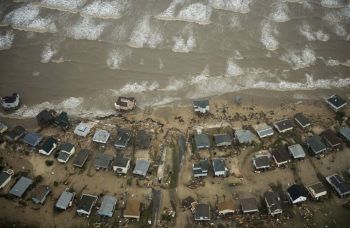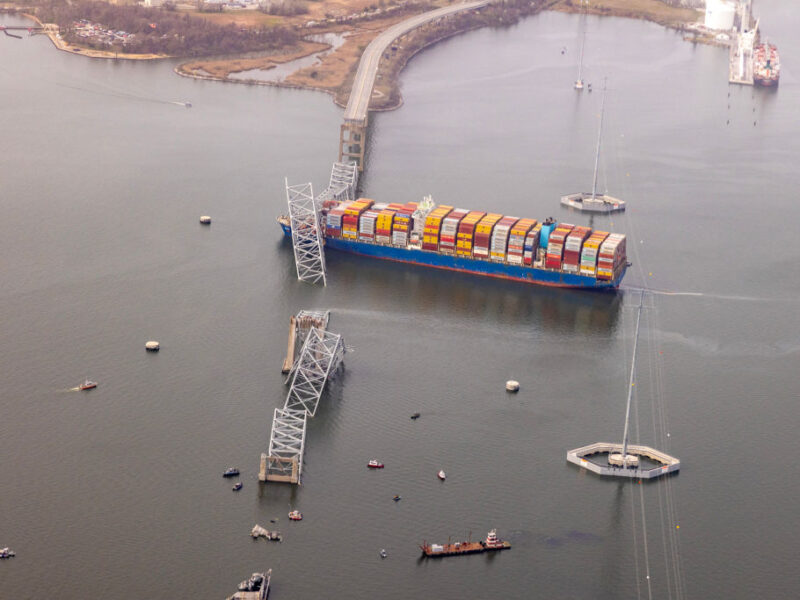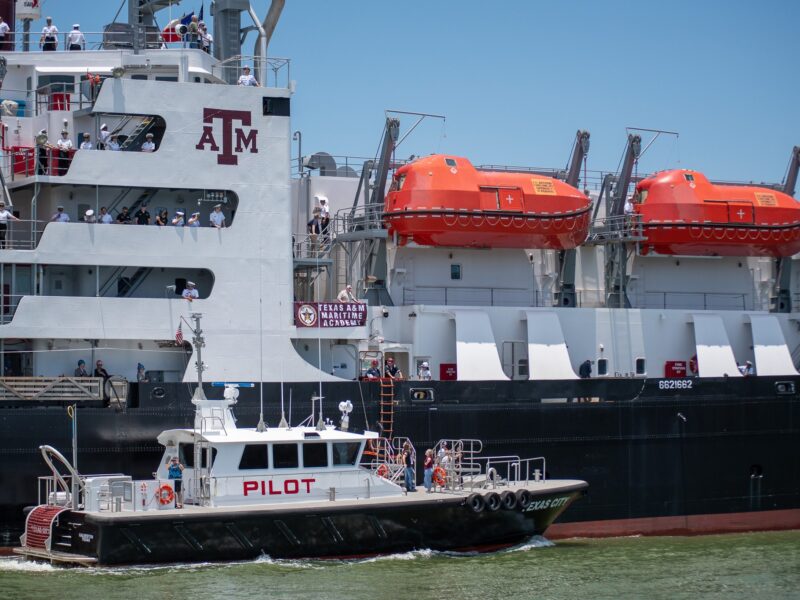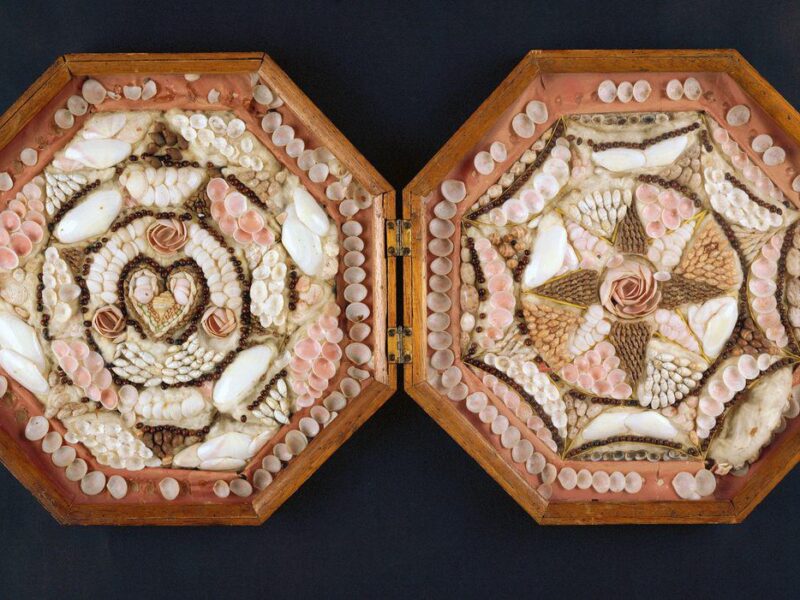Texas A&M Prof: Passage of ‘Ike Dike’ Bill A Great Start

The Texas Legislature passed a bill last week that would help pay for construction of the “Ike Dike” that would protect portions of the upper Texas coast – especially the Houston-Galveston area – from a major hurricane.
While it still awaits the signature of Gov. Greg Abbott, passage of the bill would be a huge plus for Texas, according to Texas A&M University at Galveston professor William Merrell, who originated the Ike Dike concept.
Merrell, who holds the George P. Mitchell Chair in Marine Sciences at Texas A&M-Galveston and is a former president of the school, has been a relentless proponent of the Ike Dike since the hurricane devastated much of the Galveston area in 2008. Although Ike was a Category 2 storm, it produced Category 4 storm surge that crippled the island for months, killed at least 50 people and caused $30 billion in damages.
His Ike Dike plan is modeled after the Delta Works project in The Netherlands, which was built following 1953 floods that killed more than 2,500. It’s believed not one death has occurred from flooding in the area since the Delta Works project was constructed.
If passed, the bill will create the Gulf Coast Protection District that would manage and help fund the Ike Dike and its coastal barrier system. The district would also be able to levy a new property tax across at least five counties in the coastal barrier region and issue bonds to help pay for the project.
According to state law, Abbott has 20 days to either sign or veto the bill. If he does not veto it, it automatically becomes law without his signature. The Texas Legislature ended its regular session on Monday, May 31.
The estimated cost of the Ike Dike is $26 billion, with hopes that the majority of funding the project would come from the federal government as part of President Joe Biden’s $2 trillion proposed infrastructure plan to upgrade roads, bridges, dams and other public works.
“This legislation provides a necessary home for both matching funds and managing the Ike Dike,” Merrell said. “We have to say a big ‘thank you’ to State Sen. Larry Taylor of Friendswood for his leadership in getting the bill passed.”
Merrell’s vision for the Ike Dike is a “coastal spine” design plan that includes barriers, levees and two enormous gates, each about the size of the Eiffel Tower, that would close off Galveston Bay from storm surge. It would also fund about 43 miles of sand dunes that would encircle and protect the Galveston and Bolivar Peninsula coastline.
He said that since Hurricane Ike hit in 2008, the Texas coast is as vulnerable as it’s ever been, and almost nothing has been done regarding storm protection.
History shows that Galveston is no stranger to hurricanes. The 1900 hurricane that hit the area remains the deadliest natural disaster in U.S. history, claiming at least 6,000 lives and completely destroying the city, which was one of the wealthiest in the country and called “the New York of the South” at the time.
A 17-foot high seawall was constructed after that storm hit and has protected much of a 10-mile coast stretch of Galveston Island. But most of the island still has no protection at all.
Most of Ike’s damage was at the back end of the island, where 10- to 15-foot storm surge devastated much of Galveston.
“Studies have shown that if a Category 5 storm made a direct hit on the Galveston-Houston area, it would create at least $100 billion in damages,” Merrell said.
“It would shut down the Houston Ship Channel – one of the country’s busiest ports where 35 percent of the nation’s oil arrives from the Gulf – and result in the likely loss of at least 500,000 jobs. The Ike Dike would prevent almost all of that kind of damage because it would stop the storm surge at the coast. If you stop the storm surge there, you protect Houston and Galveston.”
Texas A&M-Galveston was among the hardest hit by Ike in 2008.
The storm shut down the school for days, and it was forced to relocate almost 2,000 students to the main College Station campus for the remainder of the semester in what may have been the largest relocation of its kind in higher education history.
Media contacts:
- William Merrell, 409-740-4732, merrellw@tamug.edu
- Rebecca Watts, 409-740-4840, rwatts@tamu.edu





